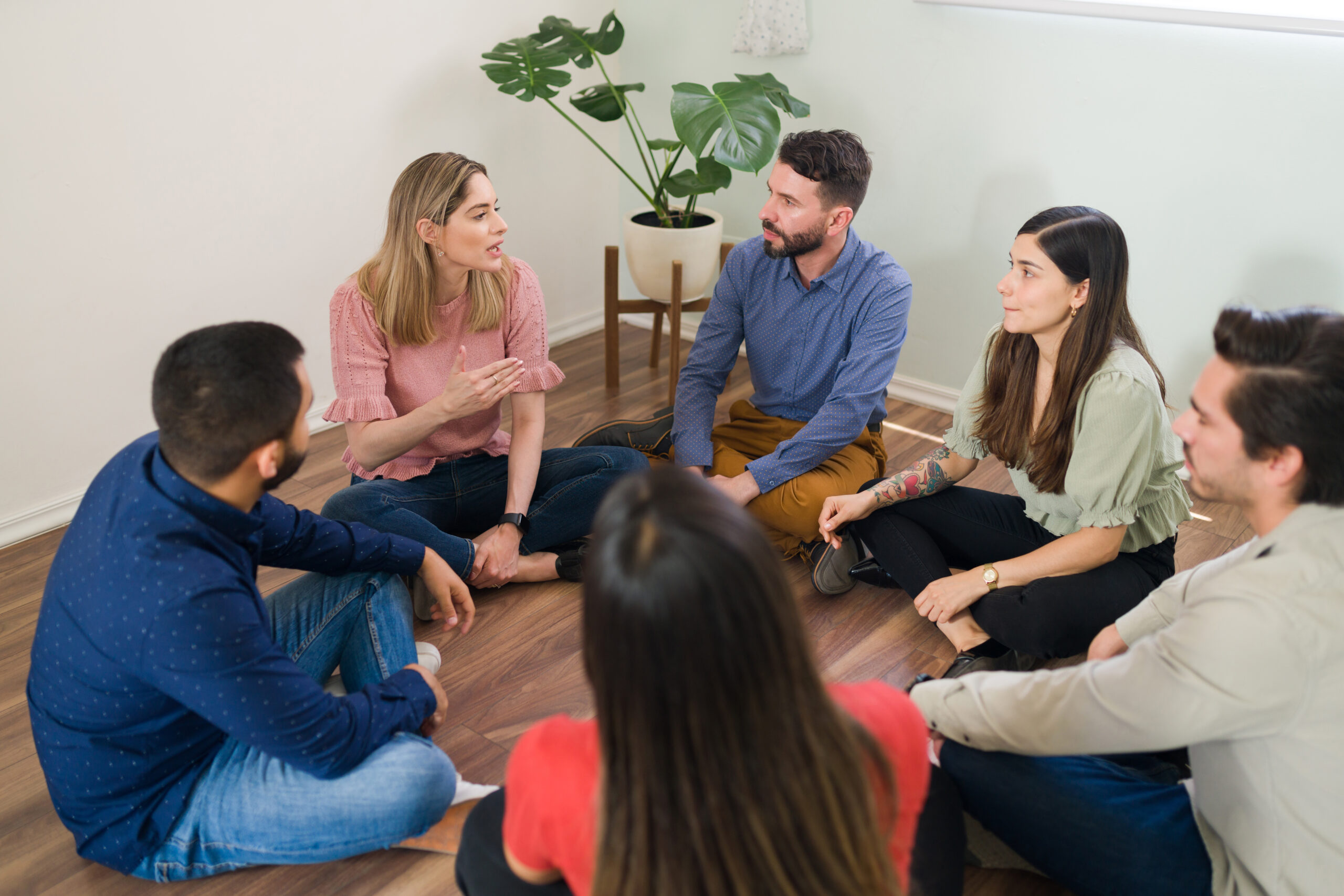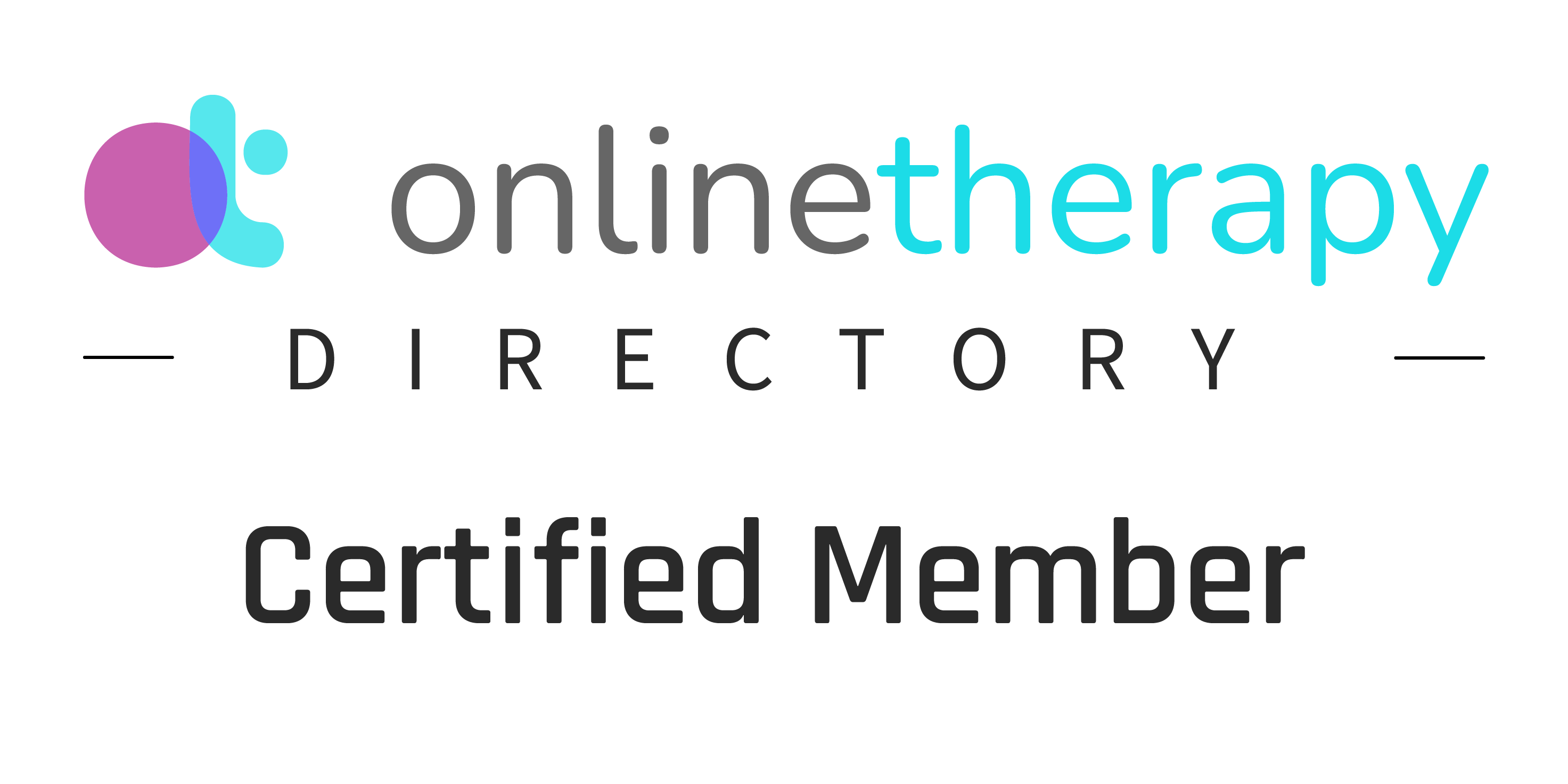Navigating challenging situations in relationships, such as dealing with a narcissistic person or establishing boundaries, can be complex. At times, we find ourselves wishing for opportunities to engage with diverse perspectives, including those from individuals with narcissistic traits, reflections of our loved ones, or representatives of different genders. Sometimes, a platform to explore reactions and decision-making in various scenarios is required. We desire the chance to practice and exercise various scenarios before encountering them in real life. Sometimes we may wonder whether it’s defining firm boundaries for some relationships or adopting more flexible / porous boundaries in others. Sometimes, we may feel we need lived experiences for different scenarios of the relationships, but we have not yet experienced such a lived experience. Sometimes we may wish we were able to communicate with different people with different background and upbringings to understand the nature of our relationships with others.
If you share these aspirations, I encourage you to take a moment to read the rest of this article. Within this article, you’ll discover ten distinct exercises and practices that individuals can experience in a group therapy setting. These exercises are designed to provide valuable insights and opportunities for personal growth, fostering enriched relationships along the way. They include:
1. Practicing The Establishment of Clear Boundaries
In the dynamic environment of group therapy, individuals with diverse backgrounds and histories find a supportive platform to share their unique perspectives and narratives. This collaborative sharing is delicately navigated with a keen awareness of communication boundaries within the group. Participants are encouraged to articulate their viewpoints and recount personal stories, fostering an environment where the richness of individual experiences contributes to the collective narrative. This process is conducted with a mindful consideration of communication boundaries, ensuring that each member feels respected and secure in the shared space.
As members openly discuss their perspectives, they concurrently navigate the reception of feedback from others. This dialogue provides a comprehensive understanding of how individuals experience their own narratives and, crucially, how they incorporate feedback from fellow members. The emphasis on mutual respect within these exchanges ensures that boundaries remain clear, creating a safe and constructive atmosphere for shared exploration and growth.
2. Cultivating Vulnerability and Emotional Intimacy Through Practice
Within the confines of this secure environment, individuals are encouraged to embrace vulnerability, creating a unique space where they can openly share their feelings and emotions without the fear of judgment or criticism. This intentional cultivation of vulnerability paves the way for the experience of emotional intimacy among group members.
The group becomes a laboratory of sorts, allowing individuals to explore and understand the dynamics of emotional connection. This shared vulnerability serves as a plan for participants to comprehend how such openness can function within diverse relationships involving individuals from varied backgrounds and situations.
As members engage in this process, they come to a profound realization of the benefits associated with vulnerability in establishing trustworthy and respectful connections. The group setting serves as a microcosm for understanding the intricacies of emotional intimacy and provides a safe platform to practice and refine these skills.
The goal is to promote the idea that embracing vulnerability is not only okay but also beneficial for forming meaningful relationships. Participants are encouraged to carry this newfound awareness beyond the group, applying it to their interactions in the broader context of their lives for more authentic and fulfilling connections.
3. Practicing and Honing communication skills crucial for healthy relationships
The cultivation of effective communication skills, including active listening, considering diverse perspectives, and understanding nonverbal cues, is paramount for fostering and sustaining healthy relationships. In the group setting, these skills take on a practical dimension as individuals from varied backgrounds engage with one another, offering a rich mix of experiences.
Active listening and genuine attentiveness to each other’s viewpoints become not just theoretical concepts but tangible practices within the group dynamic. For some members, this may be a novel experience, providing them with the opportunity to feel truly heard and validated. Through the application of these communication skills, individuals can learn to navigate the intricacies of interpersonal relationships and contribute to the overall well-being of their social connections.
Moreover, the group setting serves as a unique platform for learning about the details of body language. Participants have the chance to understand their own nonverbal cues and how they may be perceived by others. This self-awareness is complemented by the valuable feedback loop within the group, where individuals receive insights into their body language, enabling them to refine and enhance their communication skills further.
4. Nurturing Self-Connection through Practice while Actively Engaging in the Group
There are moments when our words, behaviors, and nonverbal cues require interpretation, not only by ourselves but also by keen observers. Within the group dynamic, these instances become opportunities for collective support and understanding. Members often find themselves aiding one another in translating their experiences, emotions, and uncertainties into meaningful insights.
It is common for individuals to encounter feelings that might be elusive or concerns that are not immediately apparent in nature. Within the dialogue of a group therapy session, a supportive space is created for members to openly discuss and unravel these aspects of their internal landscape. The group setting becomes a catalyst for self-connection as members articulate and explore their feelings and concerns with the assistance of others who offer diverse perspectives and empathetic insights.
In essence, the active engagement in group therapy not only facilitates individual self-awareness but also allows for a shared exploration of the complexities within each member’s emotional landscape. The collaborative effort to translate and understand these tones fosters a deeper sense of self-connection, contributing to the overall growth and well-being of the participants within the therapeutic community.
5. Striving to Become the Best Version of Oneself through Consistent Practice
The group therapy journey involves striving to become the best version of who we aspire to be. Within the secure confines of this safe space, there exists a natural encouragement for both intentional and unintentional self-expression. This supportive environment becomes a catalyst, motivating individuals to actively engage in the process of self-reflection. The safety of the setting encourages open dialogue about various aspects of our thoughts, ambitions, and aspirations. Through the exchange of ideas and feedback, individuals can refine their understanding of what it means to be their best selves. This intentional and continuous practice within the group dynamic fosters a sense of motivation and purpose, allowing members to explore different facets of their identity and then to exercise and refin the qualities that contribute to being the best version of oneself.
6. Practicing the Recognition of Red Flags in Relationships through Active and Purposeful Engagement
Within the group dynamic, the process of identifying red flags in relationships involves actively engaging with diverse feedback, sharing experiences, and listening to the narratives of fellow members. Through this collective exploration, participants not only gain insights into the dynamics within the group but also develop an awareness of potential red flags such as controlling behavior, abuse, jealousy, lack of communication, refusal to compromise.
As members share their stories and experiences, a sense of empathy is cultivated, allowing individuals to connect with others on a deeper level. This shared understanding becomes a valuable tool in recognizing not only potential issues within the group but also red flags in relationships with loved ones, friends, and family members, as well as those from past encounters in potentially toxic environments.
7. Developing Emotional Regulation Skills Through Deliberate Practice
Within the safety of this environment, individuals can engage in a deliberate and focused effort to enhance their emotional regulation skills. The process involves not only recognizing and acknowledging one’s emotions but also acquiring the ability to articulate and express them. This practice extends to understanding the triggers that influence our emotional responses and actively discussing strategies for regulating and managing these triggers.
By providing a platform for open discussion and shared insights, group members can collaboratively work towards honing their emotional regulation skills. The goal is to create an atmosphere where individuals not only identify their emotional states but also actively engage in strategies to navigate and regulate these emotions effectively. This deliberate practice within the safety of the group environment ultimately translates into improved emotional well-being beyond the confines of the therapeutic setting.
8. Practicing Lived Experiences and Building Connections with Diverse Perspectives
Lived experiences, the genuine encounters that contribute to our personal growth, require a fostering environment for improvement. This organic process is best facilitated within a secure space, one where members actively engage, paying careful attention to one another. The essence lies in feeling a sense of proximity and connection with fellow members while simultaneously being in a confidential setting. This enables open dialogue about our concerns and an opportunity to share and participate in a diverse range of lived experiences. Each member shares their stories in the present moment, allowing others to experience new things in their life. In essence, it is within this dynamic, safe, and supportive atmosphere that we can collectively explore, learn, and grow from the unique perspectives, backgrounds, and situations that each member brings to the group.
9. The exercise of assertiveness
Achieving assertiveness is an ongoing process that necessitates consistent practice, and group therapy provides an ideal platform for honing this skill. It’s essential to highlight the significance of assertiveness in various relationships. The group therapy setting serves as a conducive environment for individuals to actively engage in assertiveness exercises.
In essence, group therapy acts as a training ground for assertiveness, allowing individuals to navigate the complexities of interpersonal dynamics within a safe and guided context. The skills cultivated in this setting can then be translated, generalized, and integrated into various real-life scenarios, contributing to more effective and confident communication in diverse relationships and environments.
10. Practicing authenticity
Creating an atmosphere of safety and security is crucial for individuals to open and be true to themselves. In the context of group therapy, this environment is intentionally fostered as a safe and non-judgmental space where members can feel comfortable expressing their thoughts and emotions without fear of criticism. In such a setting, individuals often find the courage to share their authentic selves. The absence of judgment allows them to explore their feelings, thoughts, and experiences openly. Group therapy, with its supportive dynamics, becomes a platform for participants to practice authenticity in a controlled and encouraging setting. In essence, group therapy serves as a unique arena for individuals to not only embrace their authenticity but also refine and strengthen it. The shared journey within the group becomes a powerful catalyst for self-discovery and the development of genuine connections, creating a therapeutic space where authenticity is not only encouraged but celebrated.
Numerous other benefits come with participating in group therapy, such as Addressing Loneliness through Group Therapy. Group therapy is a miracle journey and if you want to know how you can read: A Miraculous Journey: What We Need To Know About The Power Of Group Therapy.
If you’re interested in joining our bi-weekly Group Therapy sessions titled “Healing Relationships” to address concerns such as relationships, please click here to register.










